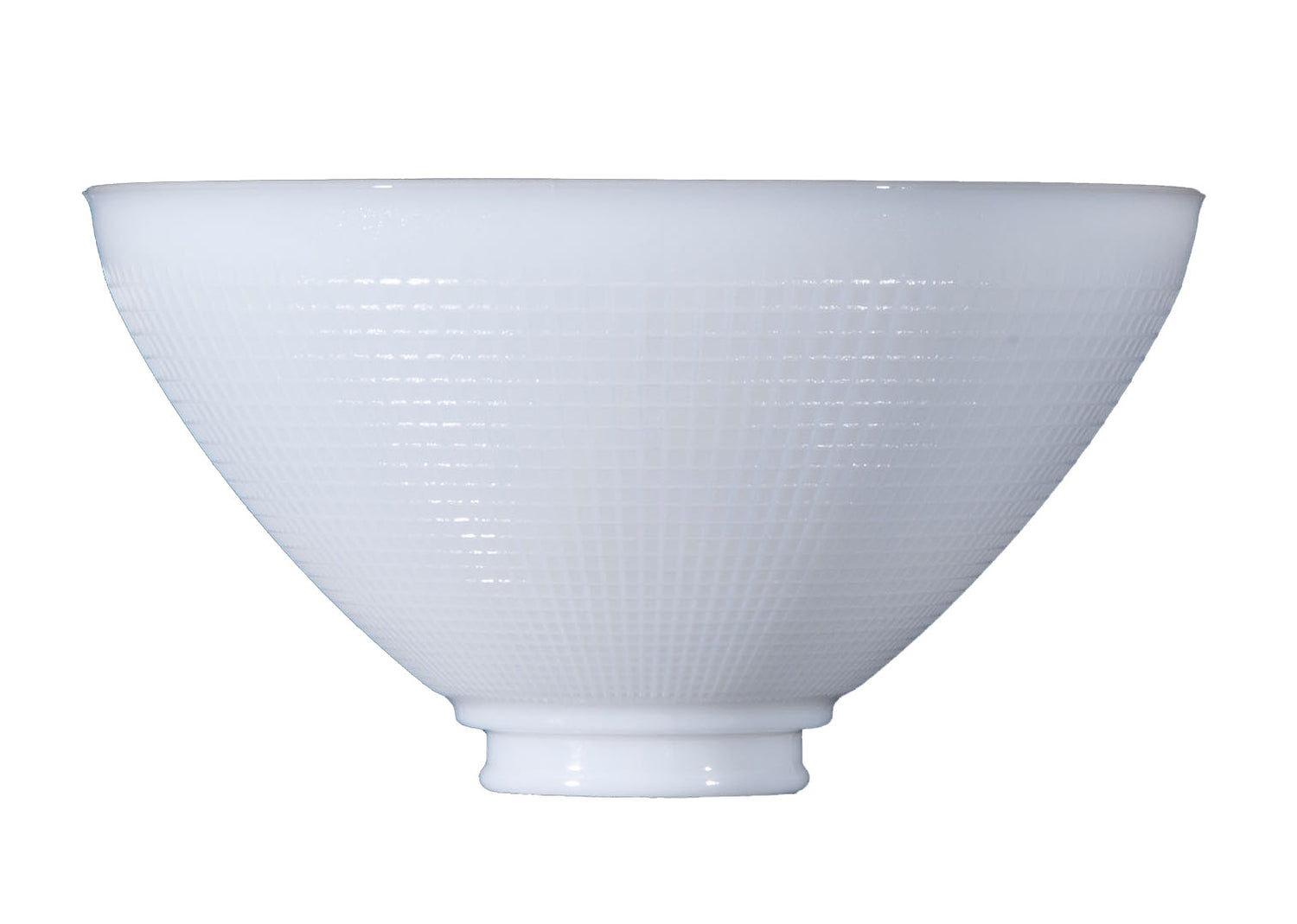Antique Lamp Brightness
Despite the demand for LED lighting, collectors continue to search for antique lamps and light fixtures that show age and evidence of skilled craftsmanship. There are a wide variety of antique or vintage lamps to choose from. Many of the light fixtures that were developed throughout the 19th and 20th centuries were designed for task lighting. Console lamps were designed to cast light downward, whilst torchiere lamps were designed to cast light upward and highlight artwork or a particular focal point within a room. Ambient lamps combine artificial and natural lighting to increase the overall visibility in an entire space. As the battle for better and brighter lighting waged on, lamps advanced and grew to include the valance style that directs light downward and upward. In this guide, we discuss antique lamp brightness and how to achieve the precise look that complements your idea of fashion and function.
Lighting Function
Many people make the mistake of purchasing their light bulbs based on wattage when, in fact, the brightness of a bulb is determined by lumen, or the measurement of total light output. The key to choosing the best lumen level depends on your plan for layers of light. Layers are critical to any lighting plan because they will help you determine where your fixtures will go and what purposes your light fixtures will serve.
Before you rush off to buy the best bulb for your antique lamp, you should take lighting function under consideration. Lighting plays a distinct role in one room compared to another. Ambient lighting serves as the basis of illumination in any room, resulting in a mixture of artificial and natural lighting to create the most visibility coverage. Task lighting is ideal for any workspace or reading area that only requires light in a specific direction. Accent lighting is designed to highlight a particular focal point, such as artwork, figurines, or photographs.
The average light bulb produces about 800 lumens or 60 watts. Kitchen lighting should collectively produce 5,000 to 10,000 total lumens and bathroom lighting should produce 4,000 to 8,000 total lumens. Bedroom light fixtures should produce 2,000 to 4,000 total lumens and living room lighting should produce 1,500 to 3,000 lumens. Dining room and home office lighting should produce 3,000 to 6,000 lumens. Kitchens, bathrooms, dining rooms, and home offices are generally kept brighter for the tasks we complete in those rooms.
Choosing a Bulb for Your Lamp
One of the most difficult parts of restoring an old lamp to its former glory is deciding the maximum wattage limit for a lamp that is older than the requirement. Although the brightness of your lamp will depend on its lumen level, wattage can pose a serious safety hazard. Light fixtures and their sockets all have maximum wattage ratings that depend on how much heat a light bulb generates, as well as the wiring of the light fixture. If you exceed those ratings, you’re at risk of scorching the insulation, melting wire or cable sheathing, and overheating wooden framing. If an antique lamp calls for two light bulbs, you must make sure that the collective wattage does not surpass the light fixture’s maximum wattage rating. Lights that hold the light bulb away from the ceiling in an open space, such as pendant lights or wall sconces, usually have a high wattage limit.
There have been many light bulb discoveries and innovations over the course of history. Incandescent bulbs produce a warm glow that complements the vintage style. Though they are like incandescent, halogen bulbs produce a slightly brighter light that replicates natural sunlight. Then came fluorescent bulbs, which produce an almost bluish light that’s now available in several tones to choose from. Compact fluorescent light bulbs and LED lights are generally the most popular lighting options used today.
Edison-style bulbs are the most popular option for antique collectors and design enthusiasts because they offer the same energy efficiency of LED lighting while the design emits less light than a regular bulb. Straight bulbs feature an exposed-filament look to preserve the antique charm of incandescence. Quadruple loop light bulbs come with a spiral filament look and dark-colored glass to maximize the vintage aesthetic of any exposed light fixture. Squirrel cage light bulbs produce a soft, warm glow that looks great in vintage pendant lights or any decorative display. Edison-style light bulbs are usually dimmable and compatible with any dimmer.
If you are still having trouble achieving the antique lamp brightness you initially imagined, you might want to upgrade the lampshade of your antique fixture. We hope that this guide provides the elementary insight you need to start your journey. Remember to shop for brightness by lumens and keep light appearance in mind by taking note of correlated color temperatures on the Kelvin scale. If you have any questions about this article or would like to learn more about our selection of vintage-style light bulbs, please contact Antique Lamp Supply today to learn more.

